The Battle of the Philippine Sea was a naval battle that took place during the Marianas Island Hopping Campaign of 1944. During the course of the war, there were five major “carrier-versus-carrier” engagements, this being the last of them. Although the Japanese fleet was not destroyed, the balance of naval power in the region swung decisively in favour of the United States – the Japanese having lost their capability to mount large-scale operations. The battle was the largest of its kind in history, involving no less than 24 aircraft carriers and 1,350 carrier-based aircraft.
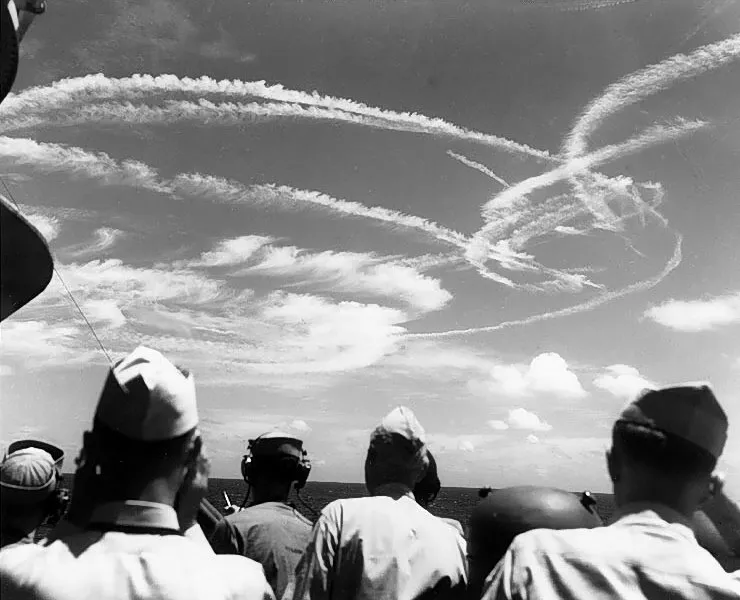
Prelude to Battle
The Imperial Japanese Navy had been dogged by delays following the death of two of its commanders-in-chief in relatively quick succession, meaning that the Japanese High Command’s intention to eliminate the US Navy in a single decisive stroke was not enacted as intended. Indeed, as the war continued, the ability of the Japanese combined fleet to conduct such an operation eroded ever-more. Despite this, the plan was finally put into motion in June 1944 with the detection of the American fleet heading for Saipan. The Marianas were a vital island group in the central Pacific, as both a base for the Central Pacific Fleet and a base for land-based aircraft to defend the sea lanes and their home islands.
By this stage in the war, they were both numerically, and technologically disadvantaged, and had suffered greatly in the earlier battles at Coral Sea and Midway, but hoped to compensate by supplementing their carrier-borne aircraft with those launched from island airfields. One advantage they held was the comparative range of their aircraft compared to the US air forces, which meant that there was a possibility that their own carriers could engage whilst sitting outside the effective range of their US counterparts.
For their part, the superior industrial output of the United States had allowed the fleet to recoup much more of their losses from the earlier battles. A larger population, and improved doctrines and training, made sure they had good pilots to boot.
On June 12 1944, US Carriers began airstrikes on Saipan. The airfields there were woefully under-equipped with aircraft, many having being redeployed to the expected targets of the Carolines or the Palaus. The loss of the Marianas would give the Americans airfields within bomber range of mainland Japan. The action could wait no longer.
The Japanese Strike
Consisting of fifteen carriers in four groups and seven fast battleships, Task Force 58 was formed to deal with the Japanese Fleet under the command of Vice Admiral Jisaboro Ozawa, which had been spotted sailing south by US submarines. A defensive screen was set to the west of Saipan, to protect the US invasion forces.
On the morning of June 19, 1944, 430 Japanese aircraft, in four waves, under the command of Admiral Ozawa Jisaburo, were set upon the US Navy fleet under Admiral Raymond Spruance. The first wave, consisting of 69 aircraft, were met by a considerable force of 220 F6F Hellcat fighters, 55 miles from the US Carriers.
The US were well prepared for the impending battle, having received intelligence from the US Submarines who had stalked the Imperial Japanese fleet. Over the course of the day, all four waves were met, turned away, or simply lost their bearings. The Japanese lost around 200 of these aircraft, without making any significant impact upon the US ships, the exception being a hit upon the battleship, USS South Dakota (in the first attack wave).
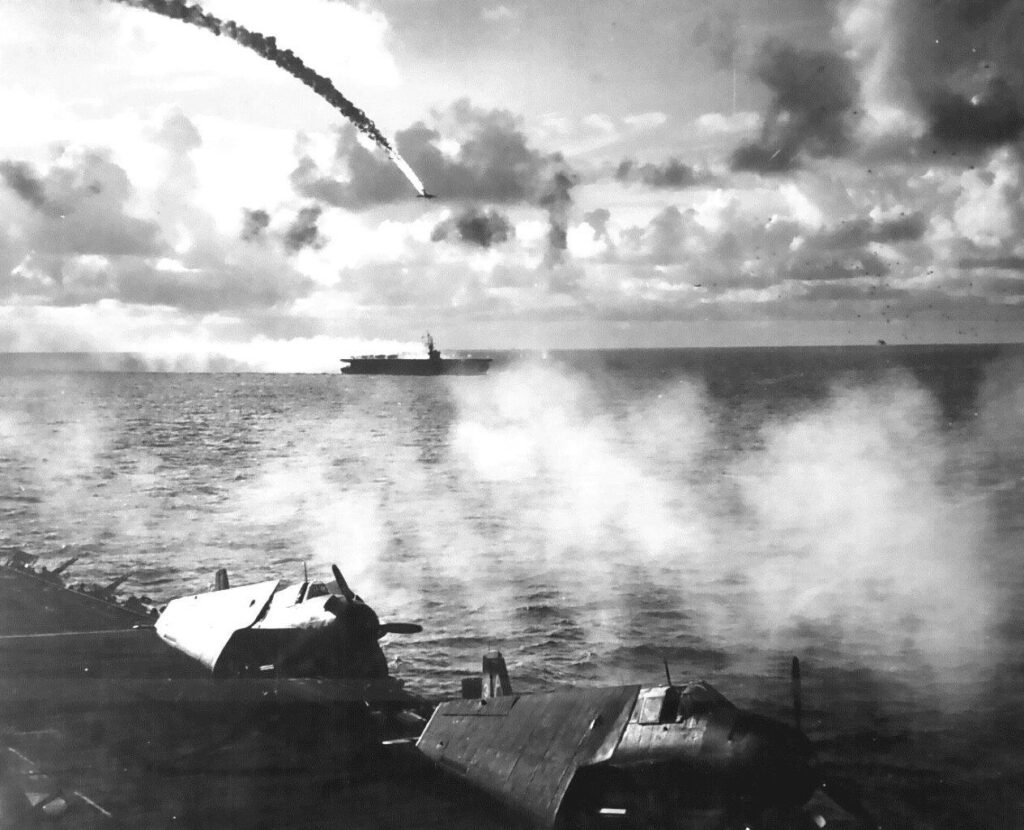
Submarine Intervention and US Counter-attack
Even whilst Ozawa’s aircraft were launching from his flagship, the Taiho, the USS Albacore surveyed its prey. A spread of torpedoes from the submerged vessel ruptured two aviation fuel tanks. Another submarine, the USS Cavella struck the Shokaku later in the day rendering it dead in the water and sinking. The severely damaged Taiho later suffered a series of explosions which sank it too.
Whilst this chaos was being sowed amongst the Japanese fleet, Spruance had recovered his aircraft and set his course west, seeking out Ozawa to ensure the security of the Saipan operation. Spotter aircraft spent a large portion of the following day seeking out the fleet – a scout from USS Enterprise finally located the enemy at 4pm. Vice Admiral Mitscher launched a daring, extremely long-range attack against the Japanese fleet, determined to close the matter before the light died, and their advantage lost.
The ensuing attack saw 550 American aircraft launched, and resulted in the Japanese losses of two oilers and the carrier, Hiyo, in exchange for only 20 allied aircraft. Additionally, damage was inflicted to the Japanese carriers Zuikaku, Junyo and Chiyoda as well as the battleship Haruna.
The extreme range of this attack resulted in a large number of US aircraft being forced to ditch or crash upon their attempts to return. Around 80 aircraft were lost in this manner.
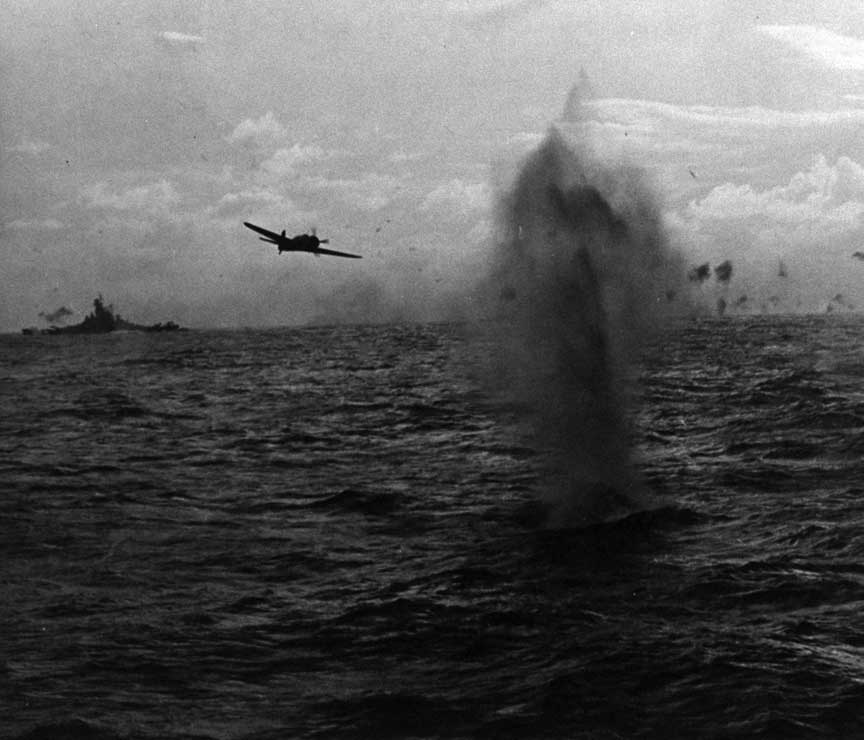
Aftermath
The resultant damage to the Japanese fleet forced its withdrawal; 3 carriers were lost as well as approximately 600 aircraft (a combination of carrier and land-based). Though some found it a controversial decision that Spruance opted not to pursue the retreating Japanese fleet, the Japanese air arm was crippled and would remain relatively ineffectual for the remainder of the war. The ratio of American aircraft losses to the Japanese counterparts was such that one comment became immortalised.
“Why, hell it was just like an old-time turkey shoot down home!”
The Battle of the Philippine Sea, therefore, became known as “The Great Marianas Turkey Shoot”.
Including Aircraft in Victory at Sea
Carriers in a player’s fleet have the maximum number of Flights they may carry and the points values of these Flights are included in their points value. Players are free to choose whichever aircraft they wish so long as the number of Flights does not exceed their carriers’ maximum, and only Flights that are listed as being carrier-capable are chosen.
Aircraft may also be included without a carrier in the fleet. These aircraft are assumed to have taken off from land bases or carriers much further from the battle. Ordinarily, you may only have a maximum of a quarter of your fleet’s total points value represented by Flights that are not based on one of your carriers, unless otherwise stated by a scenario.
Aircraft perform a number of different functions in game, from dogfighting and bomber escort duties to ship and surface target attacks. An aircraft’s efficacy at a particular task is defined by its type. The game takes into account fighters, bombers, dive-bombers, torpedo bombers and even Kamikaze aircraft.
Let’s take the US Vought F4U-1 Corsair as an example:
| Flight: | Commissioned: | Carrier Capable: | Role: | Flank Speed: | Dogfight: | Damage Dice: | Traits: | Points: |
| Vought F4U-1 Corsair | 1942 | No | Fighter | 30″ | +3 | 0 | Tough | 25 |
We can see that the Corsair is not capable of damaging enemy vessels, and that its primary role is that of engaging enemy aircraft. They are best employed as interceptors against enemy bombers and their escorts.
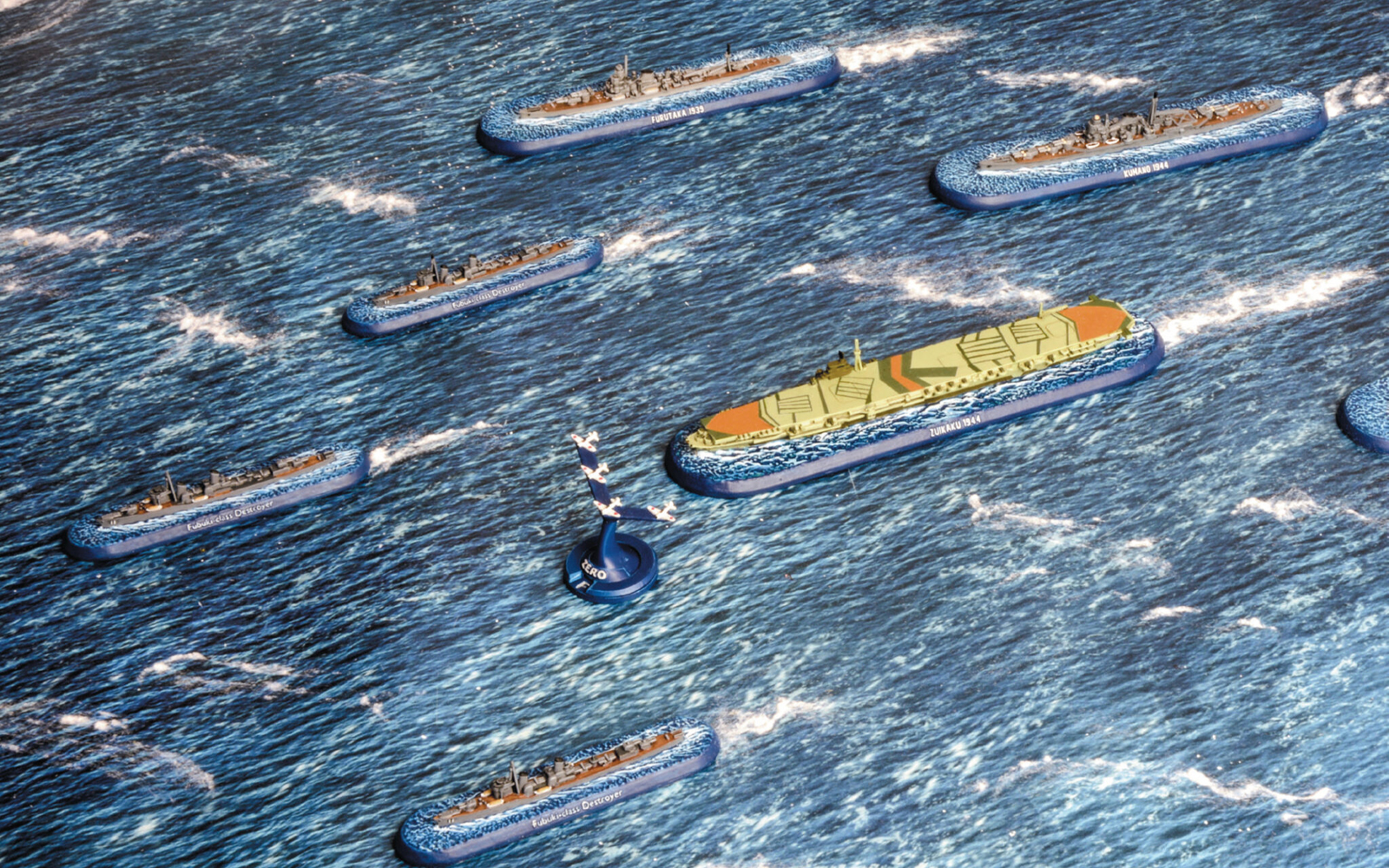
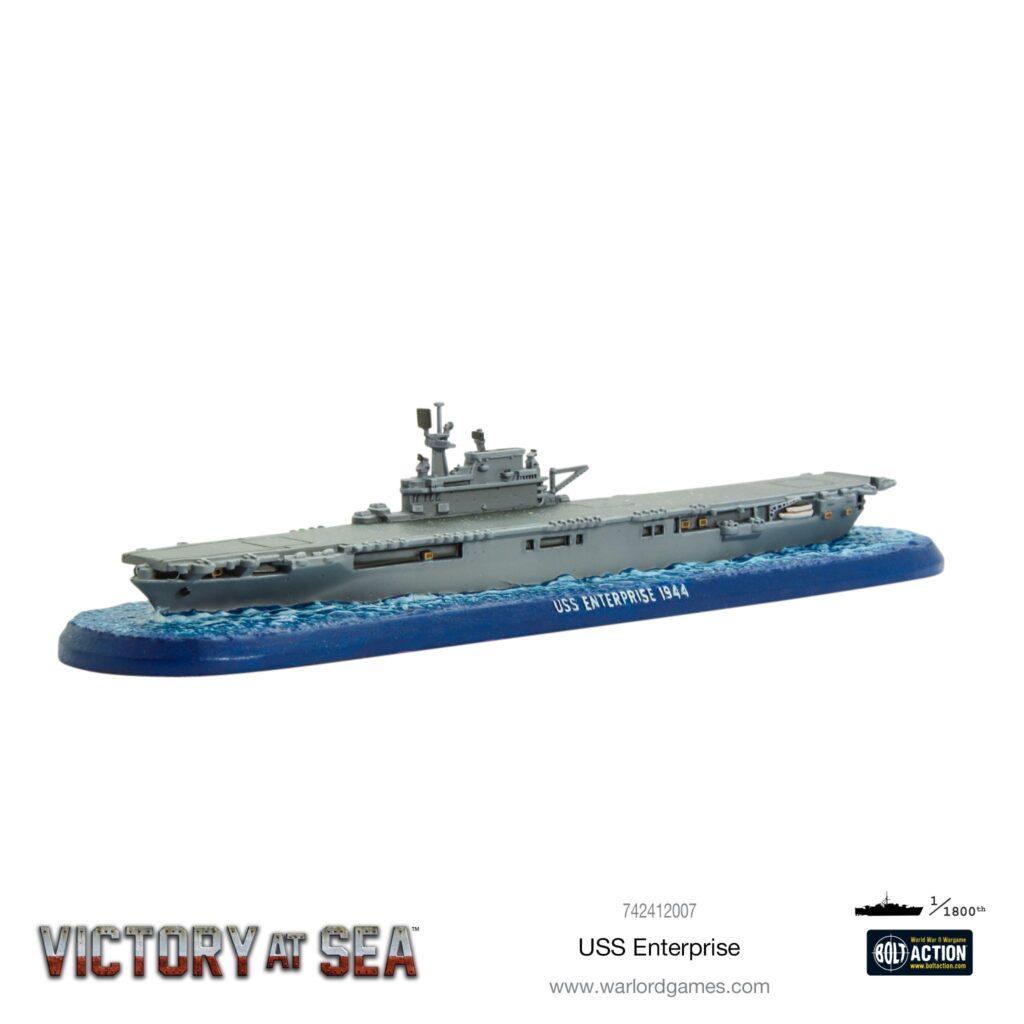
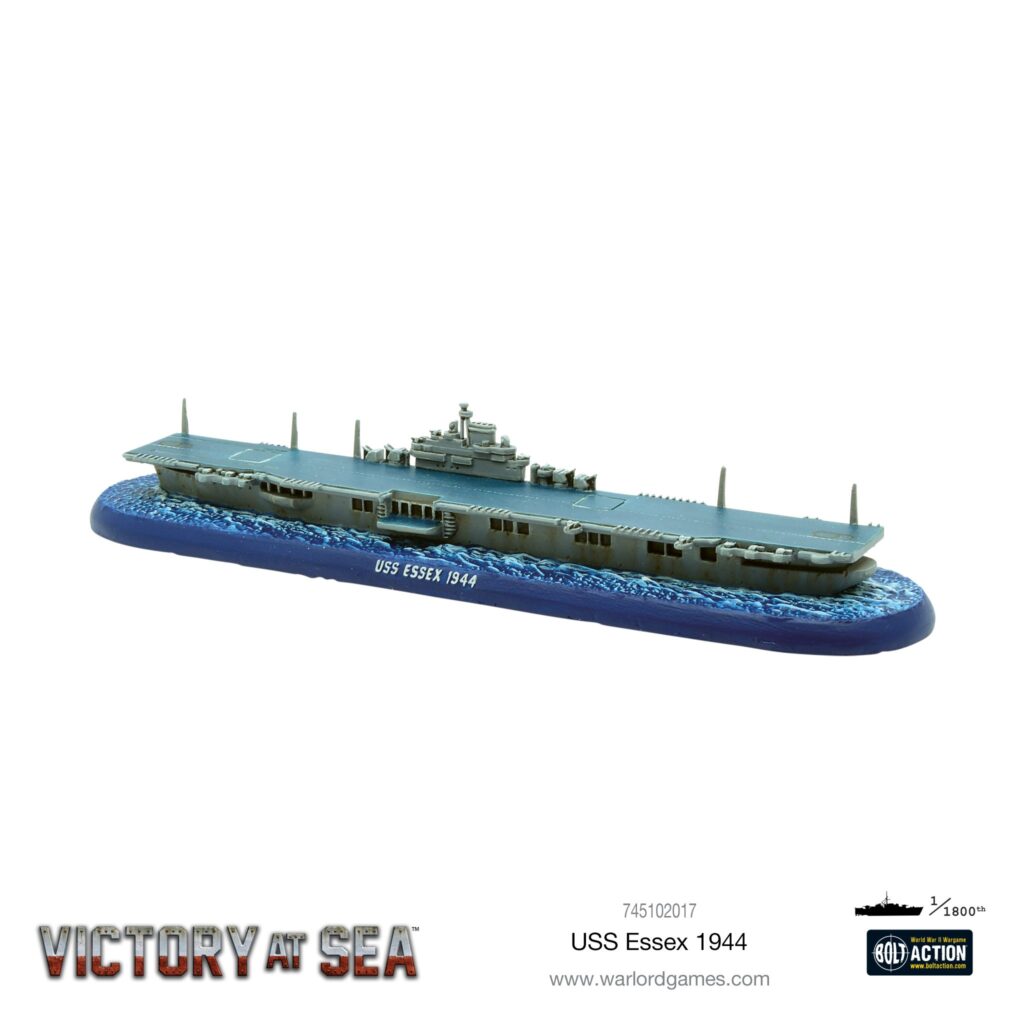
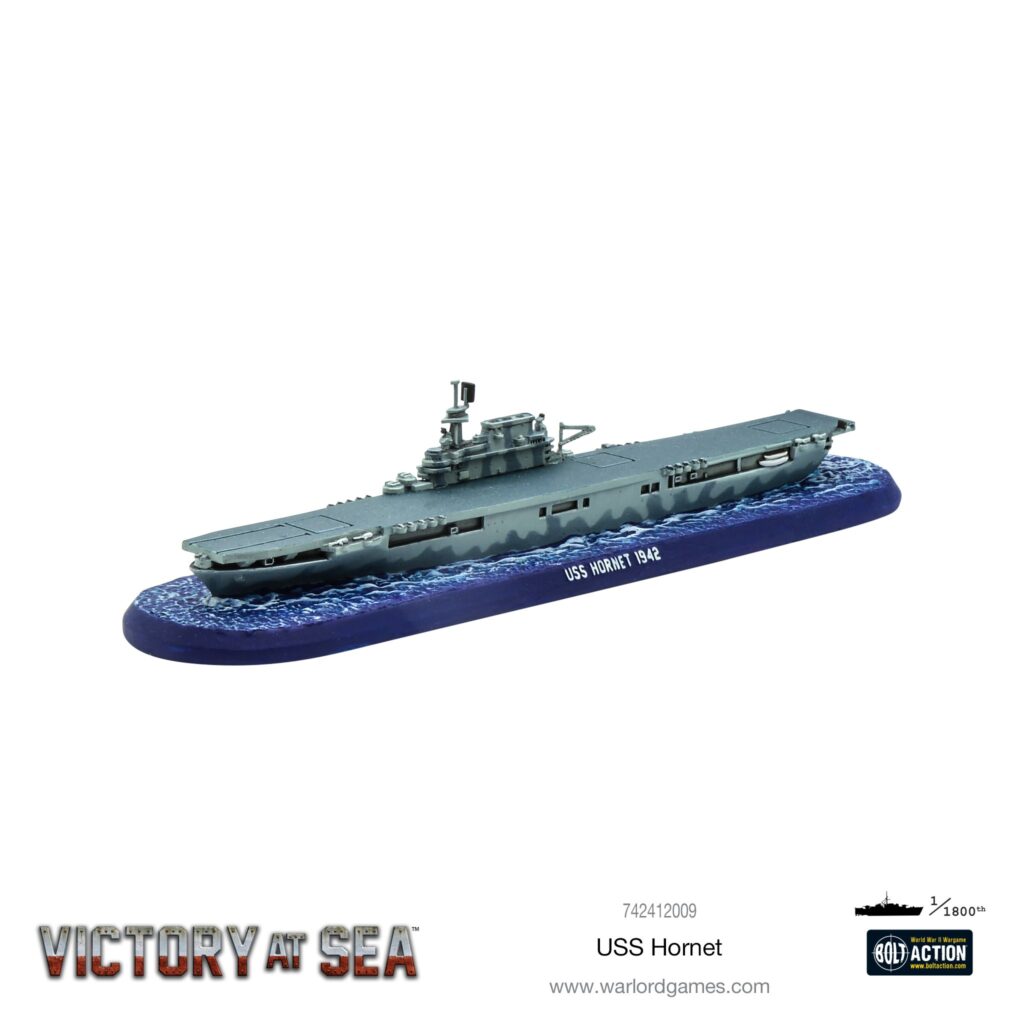
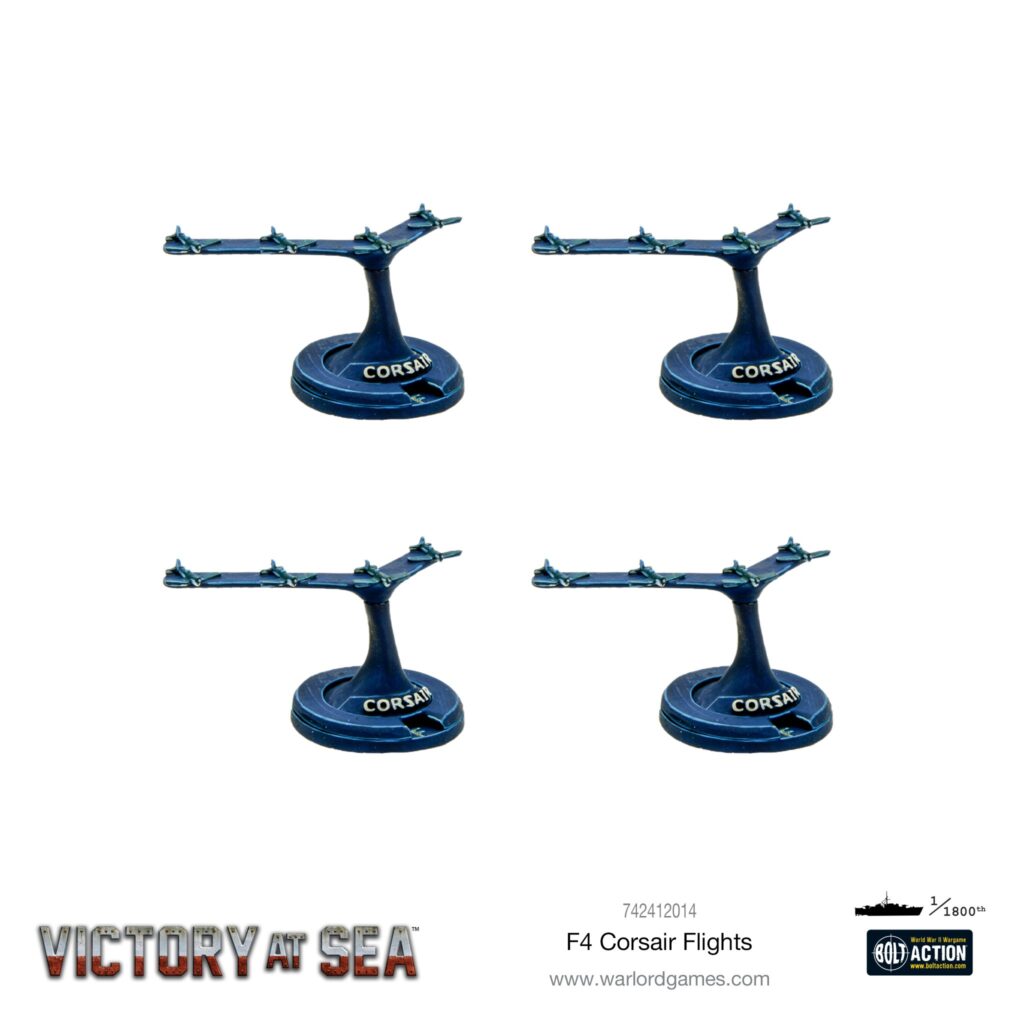
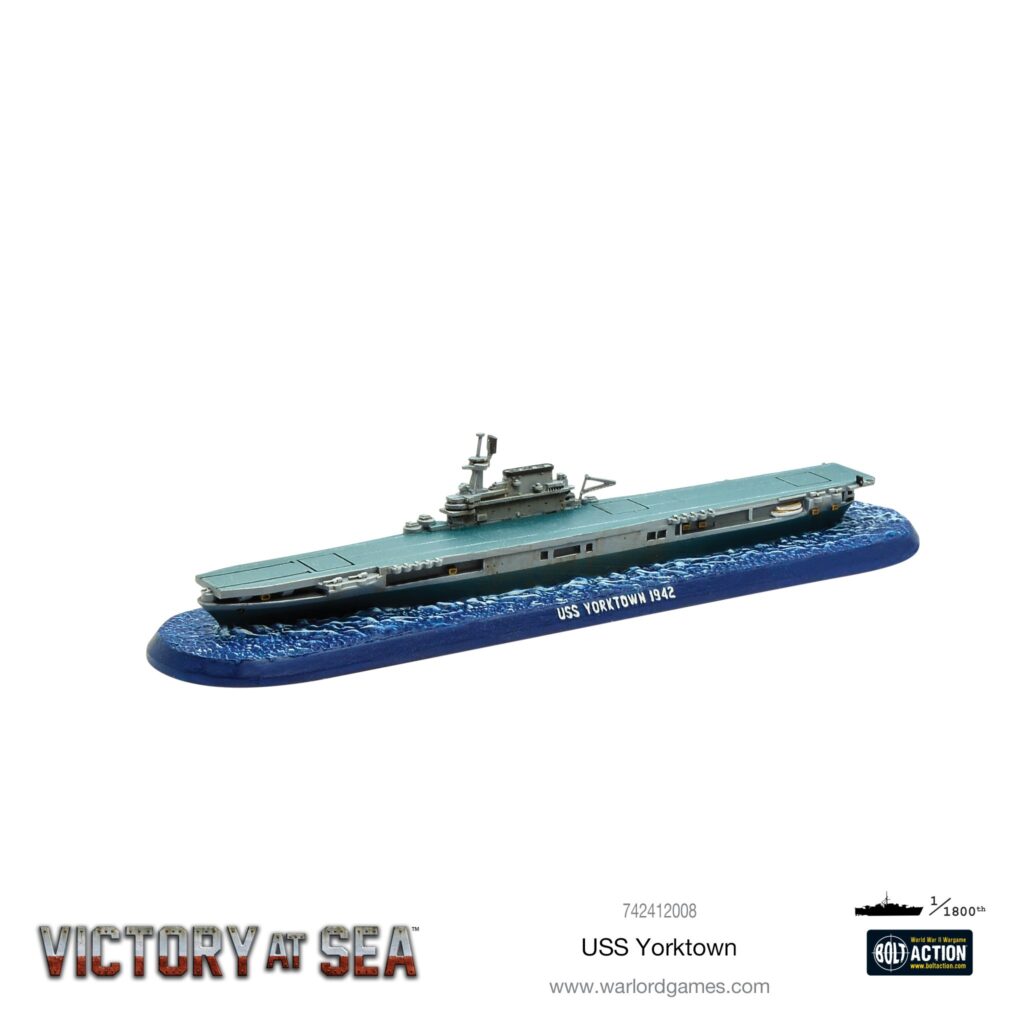
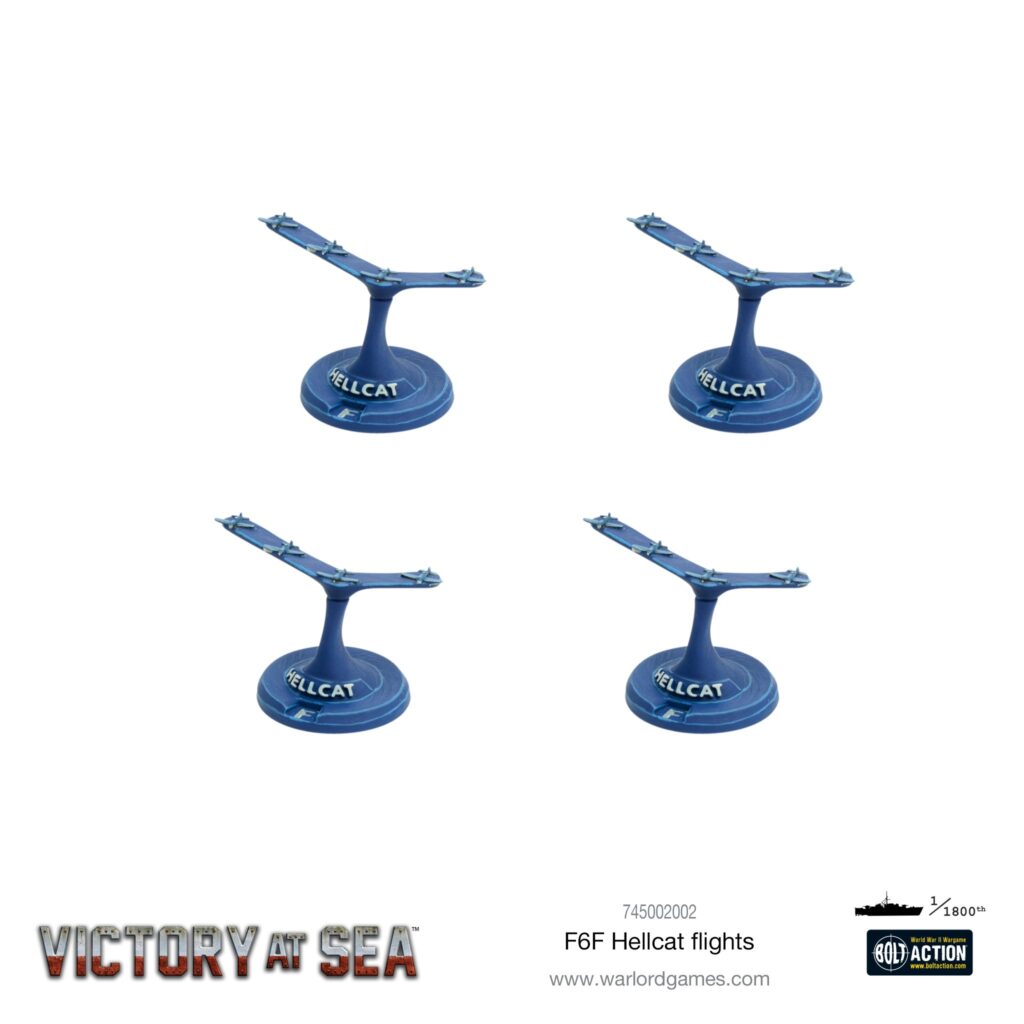
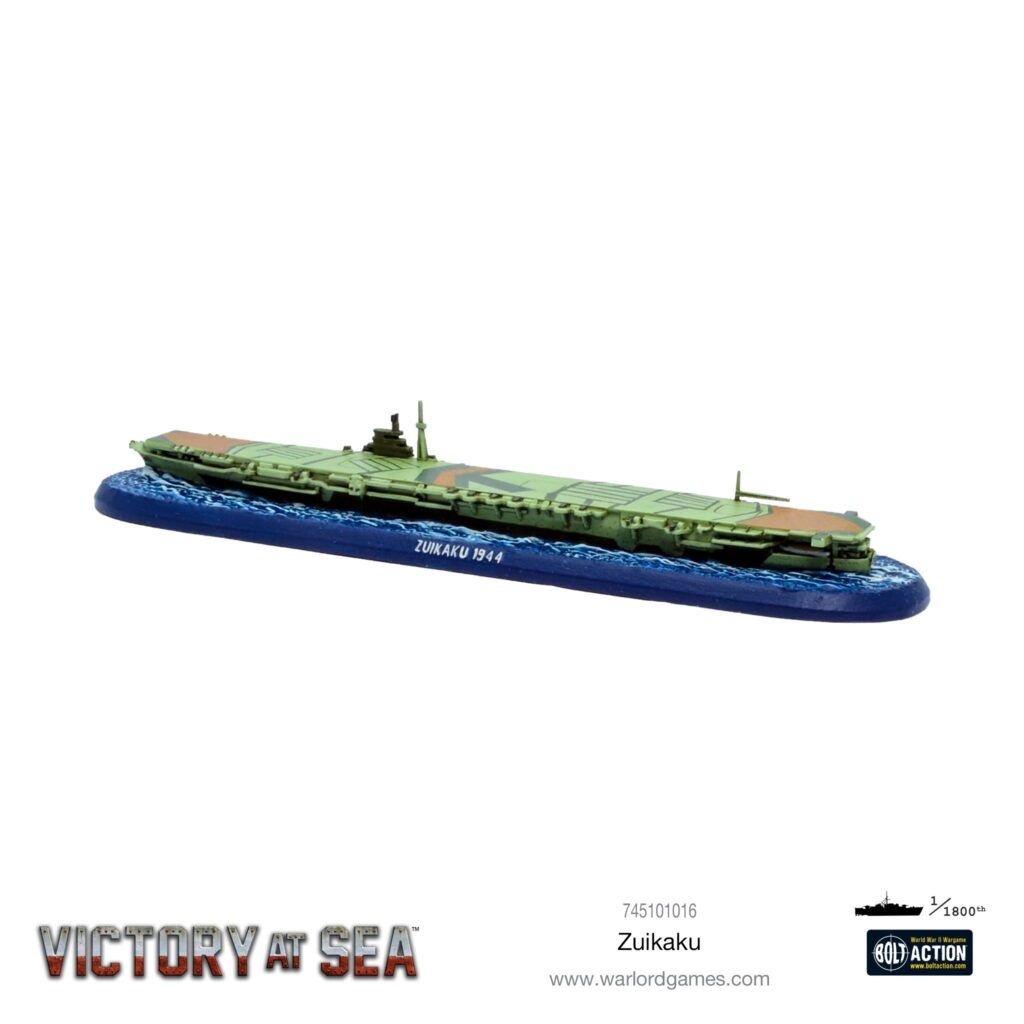
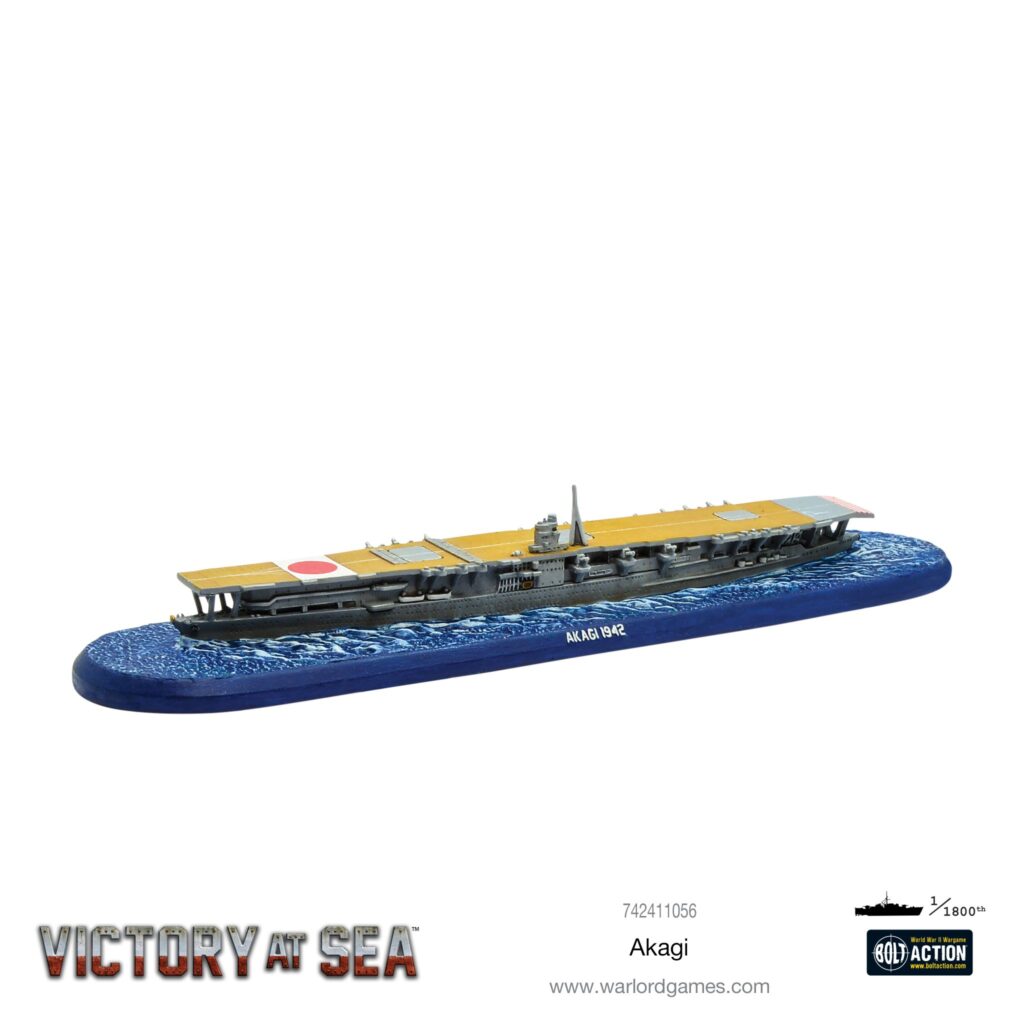
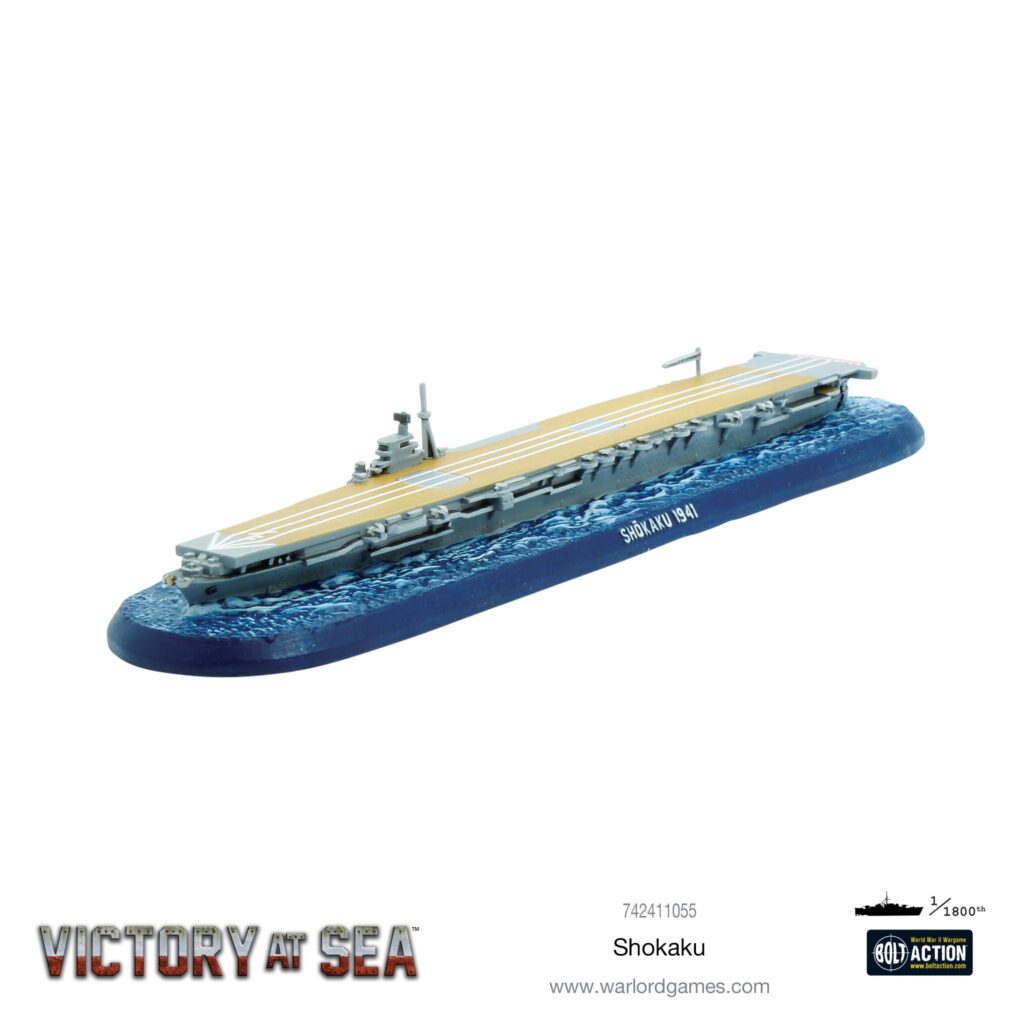
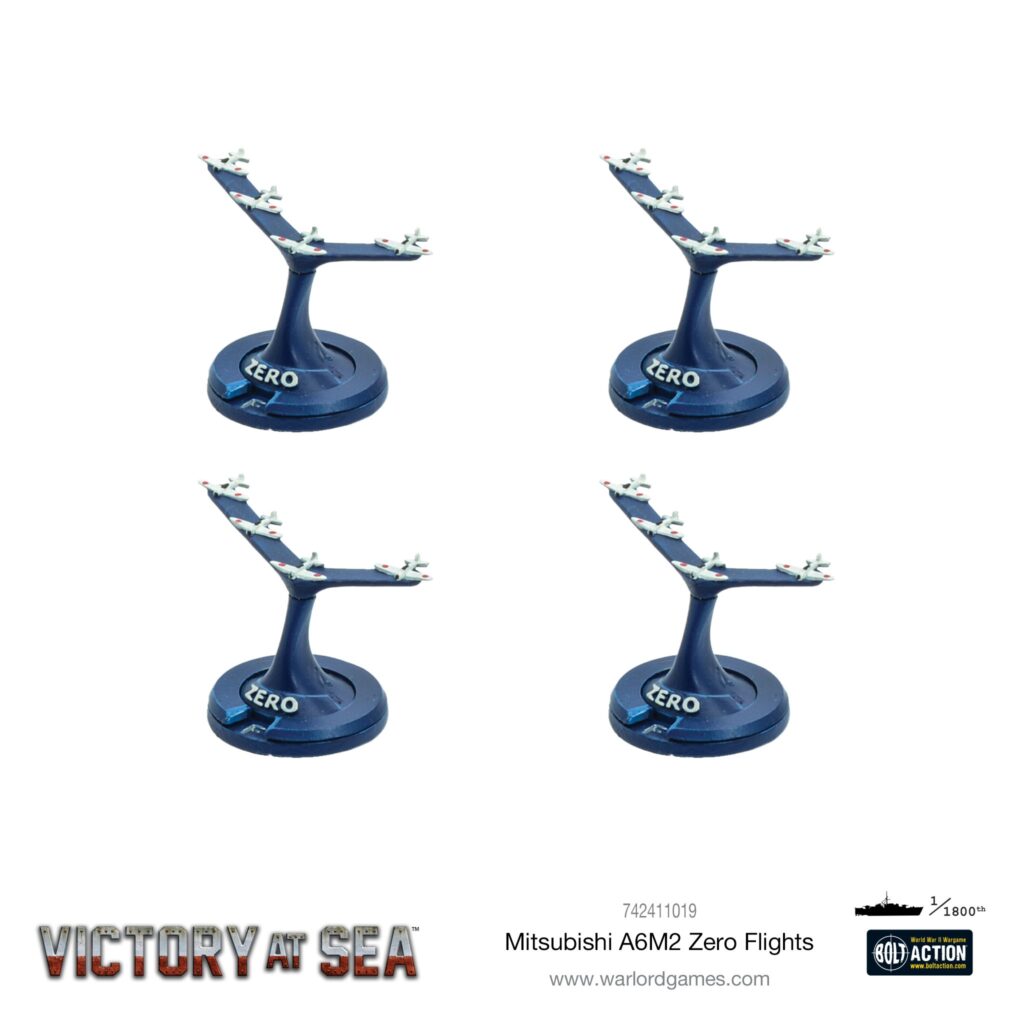
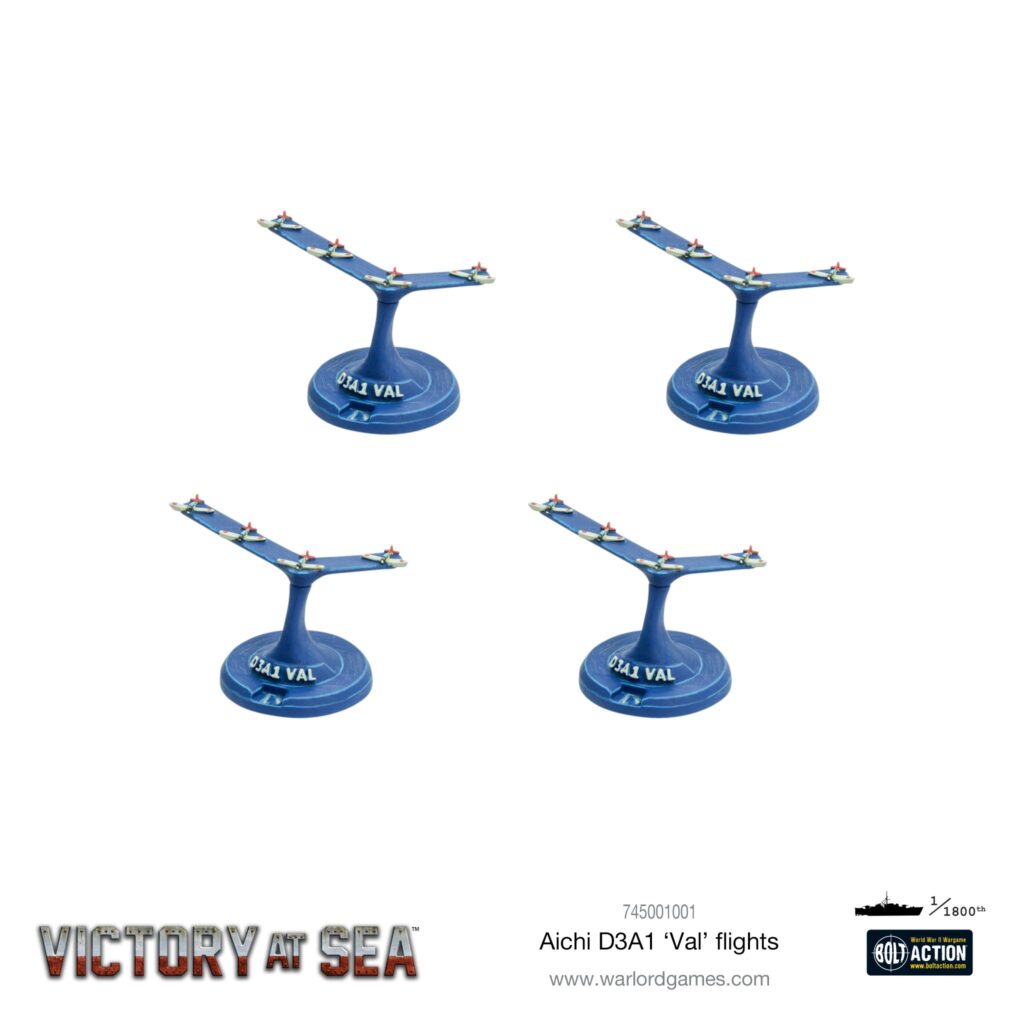
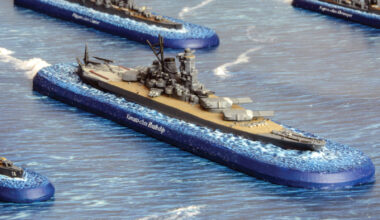
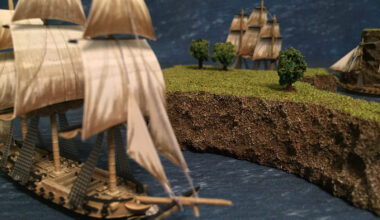
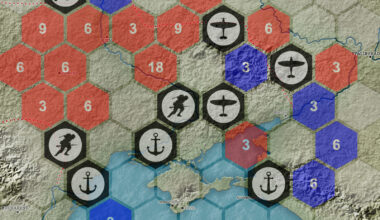
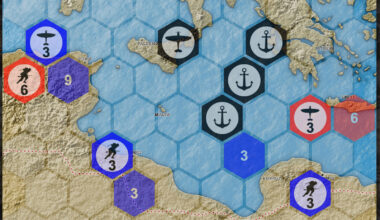
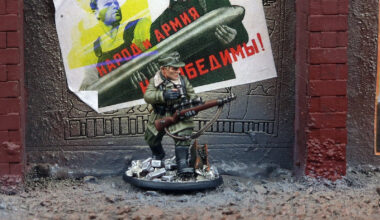

1 comment
Looking forward to more Flights being available for the USN and the IJN.
Comments are closed.